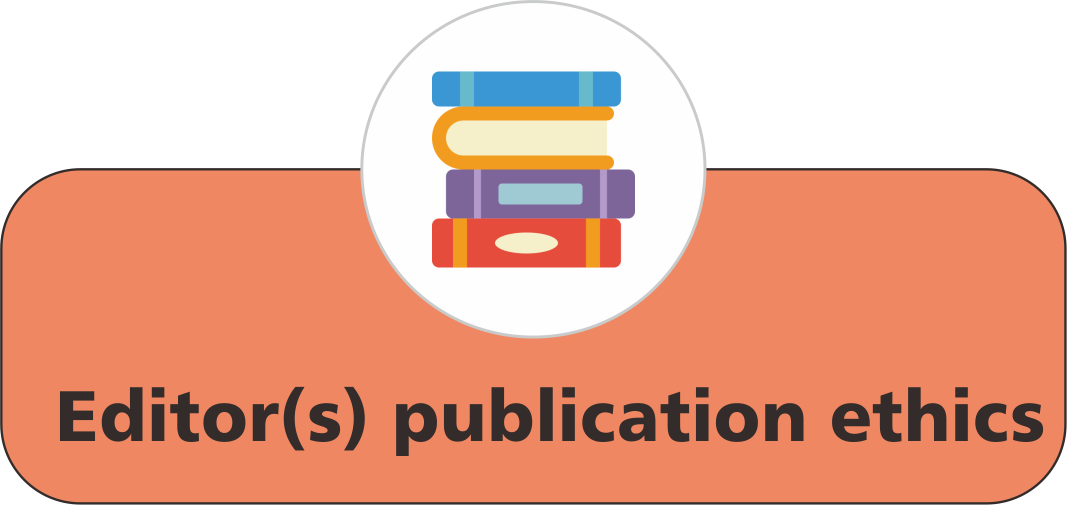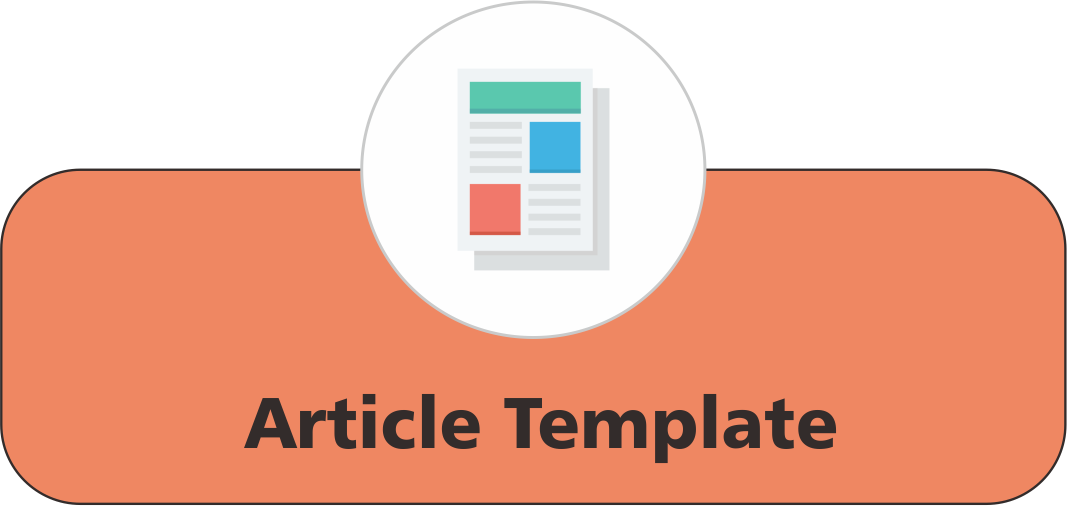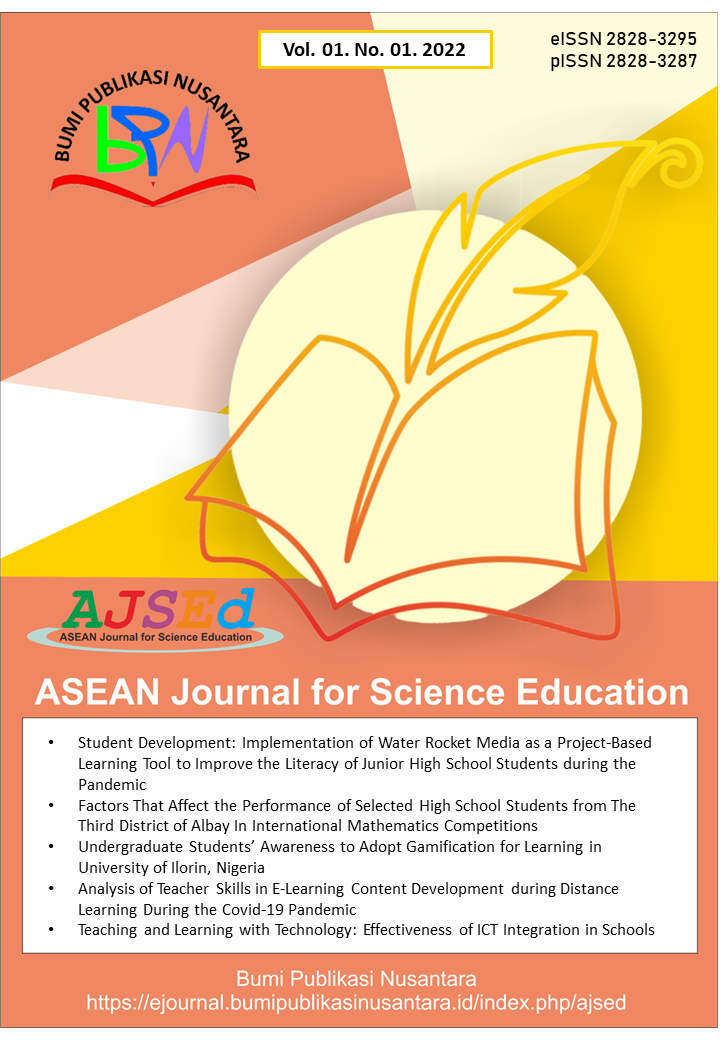Inquiry-Based Teaching Method to Create Conceptual Understanding of Measurement of Temperature among Students at the Basic Junior High School
 ), Frank Kusi(2), Kofi Owusu-Sekyere(3), Mark Adu-Gyamfi(4),
), Frank Kusi(2), Kofi Owusu-Sekyere(3), Mark Adu-Gyamfi(4),
(1) Wesley College of Education
(2) Wesley College of Education
(3) St Joseph College of Education
(4) St Joseph College of Education
 Corresponding Author
Corresponding Author
Abstract
Keywords
References
Abdullah, A. G., and Putra, A. P. (2017). Water level measurement altitude trainer integrated with human machine interface. Indonesian Journal of Science and Technology, 2(2), 197-210.
Alwan, A. A. (2011). Misconception of heat and temperature among physics students. Procedia-Social and Behavioral Sciences, 12, 600-614.
Arciosa, R.M., Perfecio, J., and Cerado, E.C. (2022). Community extension: Literacy and numeracy enhancement program for alternative learning system and out-of-school youth learners. ASEAN Journal of Science Education, 1(2), 77-82.
Babalola, E. O. (2022). Design and development of 3-dimensional model of human circulatory system to teach a concept of biology in senior secondary schools. Indonesian Journal of Teaching in Science, 2(1), 35-46.
Bar, V. (1989). Children's views about the water cycle. Science Education, 73(4), 481-500.
Bar, V., and Galili, I. (1994). Stages of children's views about evaporation. International Journal of Science Education, 16(2), 157-174.
Dechavez, J. P. A. D., Goleng, D. J. G., Lagca, Y. G. D., Tangkli, K. Y. M., and Vicera, W. J. C. (2023). Math readiness and its effect on the online academic performance of science, technology, engineering, and mathematics students. ASEAN Journal for Science Education, 2(1), 33-38.
Husnah, A. U., Hidayat, M. A., and Jannah, M. (2021). The journey of a math: As a mathematics learning innovation. Indonesian Journal of Multidiciplinary Research, 1(1), 129-136.
Jose, M.T.N.S. (2022). Factors that affect the performance of selected high school students from the third district of albay in international mathematics competitions. ASEAN Journal of Science Education, 1(1), 9-16.
Kampeza, M., Vellopoulou, A., Fragkiadaki, G., and Ravanis, K. (2016). The expansion thermometer in preschoolers’ thinking. Journal of Baltic Science Education, 15(2), 185.
Levins, L. (1992). Students' understanding of concepts related to evaporation. Research in science education, 22, 263-272.
Marasabessy, R. (2021). Study of mathematical reasoning ability for mathematics learning in schools: A literature review. Indonesian Journal of Teaching in Science, 1(2), 79-90.
Nandiyanto, A.B.D. (2017). Mathematical approximation based on thermal analysis curves for calculating kinetic parameters of thermal decomposition of material. Journal of Engineering Science and Technology, 12(10),76-90.
Pangaribuan, I., Rahman, A., and Mauluddin, S. (2020). Computer and network equipment management system (CNEMAS) application measurement. International Journal of Informatics, Information System and Computer Engineering (INJIISCOM), 1(1), 23-34.
Putra, R.D., and Sakti, A.W. (2022). Student development: Implementation of water rocket media as a project-based learning tool to improve the literacy of junior high school students during the pandemic. ASEAN Journal of Science Education, 1(1), 1-8.
Ravanis, K., and Bagakis, G. (1998). Science education in kindergarten: Sociocognitive perspective. International Journal of Early Years Education, 6(3), 315-327.
Ravanis, K., Papandreou, M., Kampeza, M., and Vellopoulou, A. (2013). Teaching activities for the construction of a precursor model in 5-to 6-year-old children's thinking: The case of thermal expansion and contraction of metals. European Early Childhood Education Research Journal, 21(4), 514-526.
Russell, T., Harlen, W., and Watt, D. (1989). Children's ideas about evaporation. International Journal of Science Education, 11(5), 566-576.
Satria, R. D., and Nandiyanto, A. B. D. (2022). Education of dietary habit and drinking water quality to increase body immunity for elementary school. ASEAN Journal of Agricultural and Food Engineering, 1(1), 41-48.
Sesto, V., and García-Rodeja, I. (2021). How do five-to six-year-old children interpret a burning candle?. Education Sciences, 11(5), 213.
Sözbilir, M. (2003). A review of selected literature on students’ misconceptions of heat and temperature. Boğaziçi Üniversitesi Eğitim Dergisi, 20(1), 25-41.
Thomaz, M. F., Malaquias, I. M., Valente, M. C., and Antunes, M. J. (1995). An attempt to overcome alternative conceptions related to heat and temperature. Physics Education, 30(1), 19.
Tytler, R. (2000). A comparison of year 1 and year 6 students' conceptions of evaporation and condensation: Dimensions of conceptual progression. International Journal of Science Education, 22(5), 447-467.
Yeo, J., Lim, E., Tan, K. C. D., and Ong, Y. S. (2021). The efficacy of an image-to-writing approach to learning abstract scientific concepts: Temperature and heat. International Journal of Science and Mathematics Education, 19, 21-44.
Κaliampos, G., and Ravanis, K. (2019). Thermal conduction in metals: Mental representations in 5-6 years old children's thinking. Jurnal Ilmiah Pendidikan Fisika ‘Al-BiRuNi’, 8(1), 1-9.
Article Metrics
Abstract View : 1082 times
: 1082 times Download : 613 times
Download : 613 times
Refbacks
- There are currently no refbacks.
Copyright (c) 2023 Bumi Publikasi Nusantara

This work is licensed under a Creative Commons Attribution-ShareAlike 4.0 International License.







